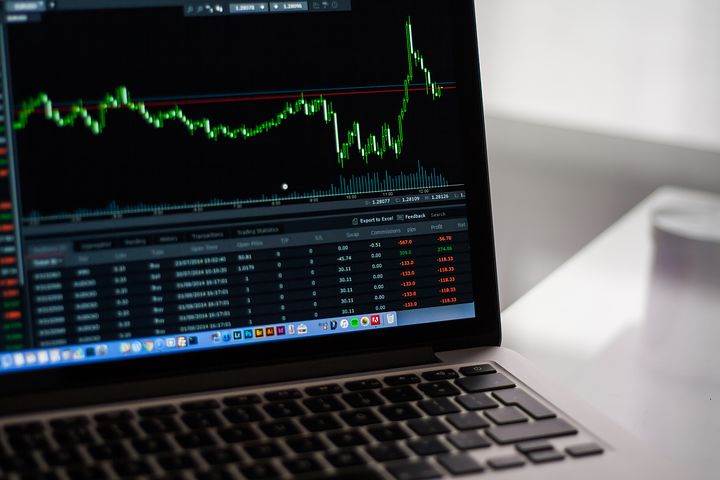 Asian benchmarks were broadly lower to start the day on Wednesday despite the continuing run on Wall Street that saw all three benchmark indexes close higher on Tuesday. Pressuring markets was weak data out of Europe and Asia which showed that manufacturing slowed in June, a hint that the global economy is contracting and that a recession may be forthcoming. A report published by CNBC earlier this week showed that one third of U.S. consumers have cut spending this year despite President Trump’s tax cuts and stimulus plans, a strong sign that consumers (like investors) are afraid of an impending recession. Also pushing markets lower was a statement released from the office of the U.S. Trade Representative which listed new products that may be facing fresh tariffs.
Asian benchmarks were broadly lower to start the day on Wednesday despite the continuing run on Wall Street that saw all three benchmark indexes close higher on Tuesday. Pressuring markets was weak data out of Europe and Asia which showed that manufacturing slowed in June, a hint that the global economy is contracting and that a recession may be forthcoming. A report published by CNBC earlier this week showed that one third of U.S. consumers have cut spending this year despite President Trump’s tax cuts and stimulus plans, a strong sign that consumers (like investors) are afraid of an impending recession. Also pushing markets lower was a statement released from the office of the U.S. Trade Representative which listed new products that may be facing fresh tariffs.
Australia’s ASX 200 was the only major benchmark trading in positive territory on Wednesday morning, up 0.27 percent. China’s Shanghai Composite led the declines, falling 0.79 percent, while the Shenzhen Composite was down 0.70 percent. South Korea’s Kospi was 0.67 percent lower and Hong Kong’s Hang Seng Index was down 0.30 percent.
Tuesday was quite a busy day in the United States, with President Donald Trump announcing two new candidates for the board of the Federal Reserve. If confirmed, Judy Shelton, who served as an economic advisor to Trump during his campaign, has vowed to lower interest rates to zero percent within the next two years. The second new nominee was Christopher Waller, the executive vice president at the St. Louis Fed. The new nominations came after the last two candidates withdrew.
Also on Tuesday, Cleveland Fed President Loretta Mester said that she believed interest rates should stay steady for the time being. Mester has been opposed to interest rate reductions for quite a while, but as a non-voting member of the Fed this year, her stance may not be reflective of the policymaker’s opinions.
Finally, on Tuesday, OPEC confirmed its intent to extend its oil supply cut through March of 2020 in an effort to keep bolstering prices. The announcement sent oil prices higher, with U.S. WTI futures heading up 0.39 percent to $56.47 per barrel and Brent crude futures up 0.24 percent to $62.55 per barrel.
